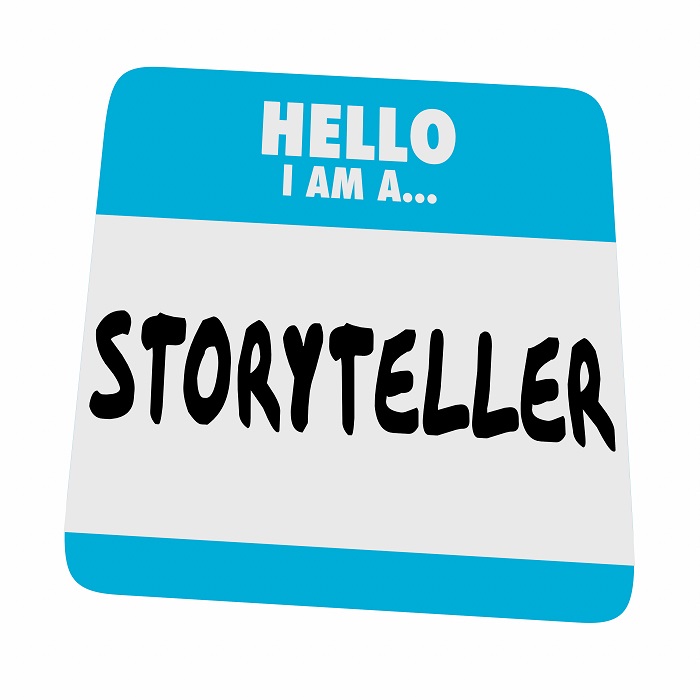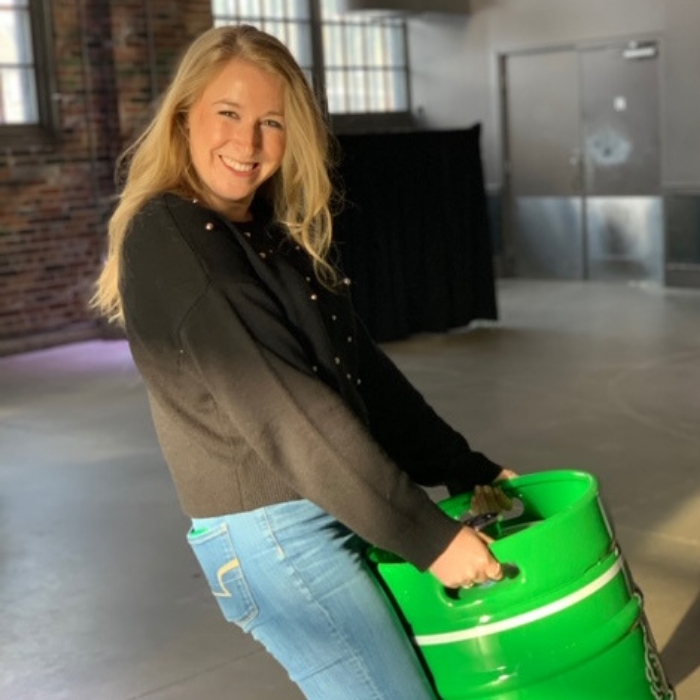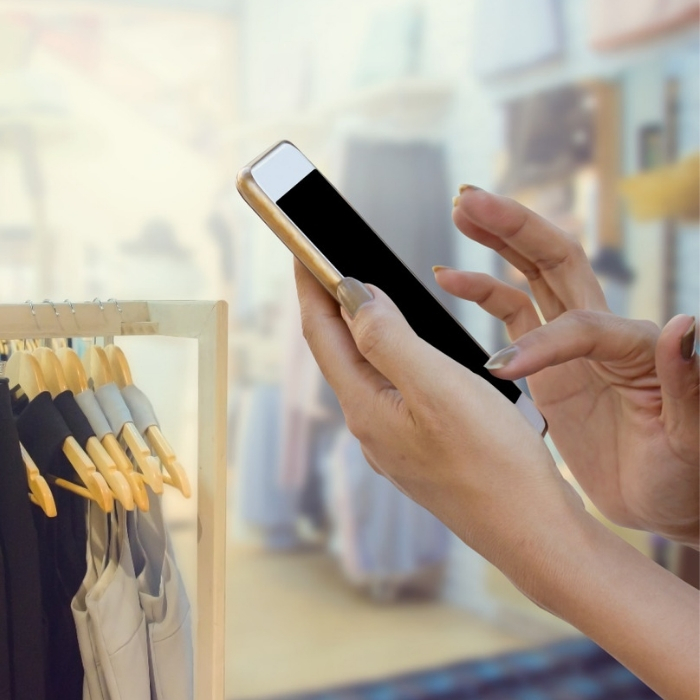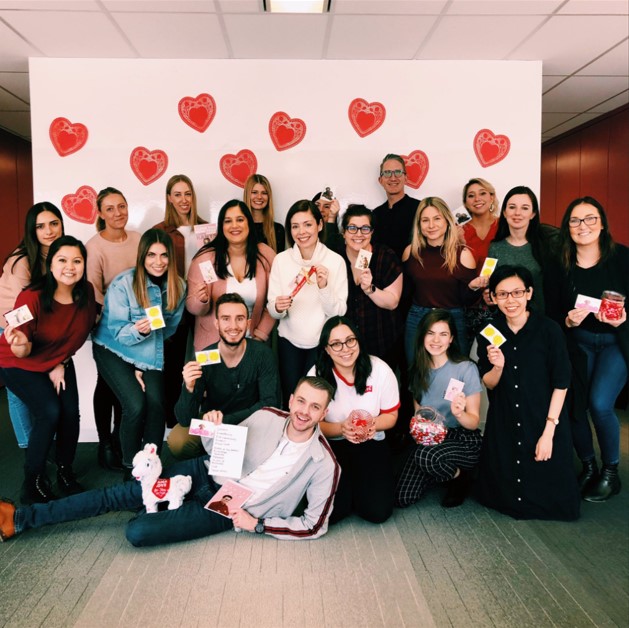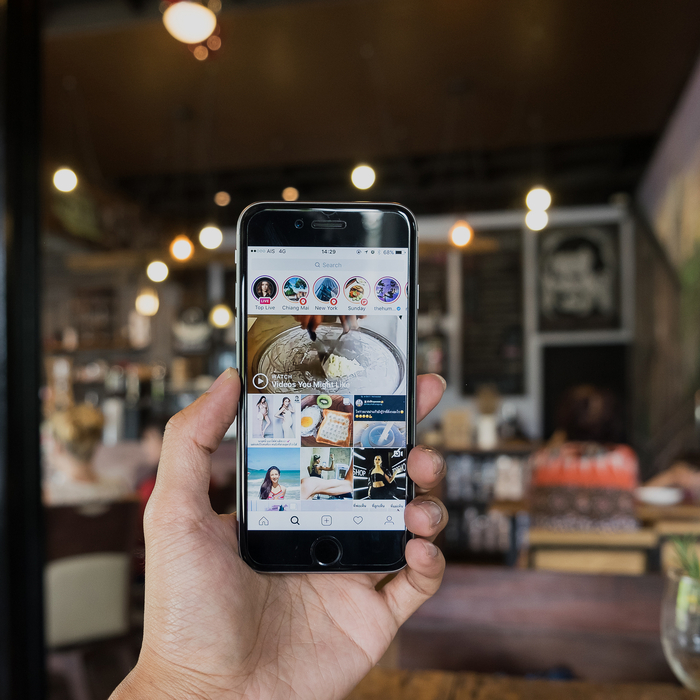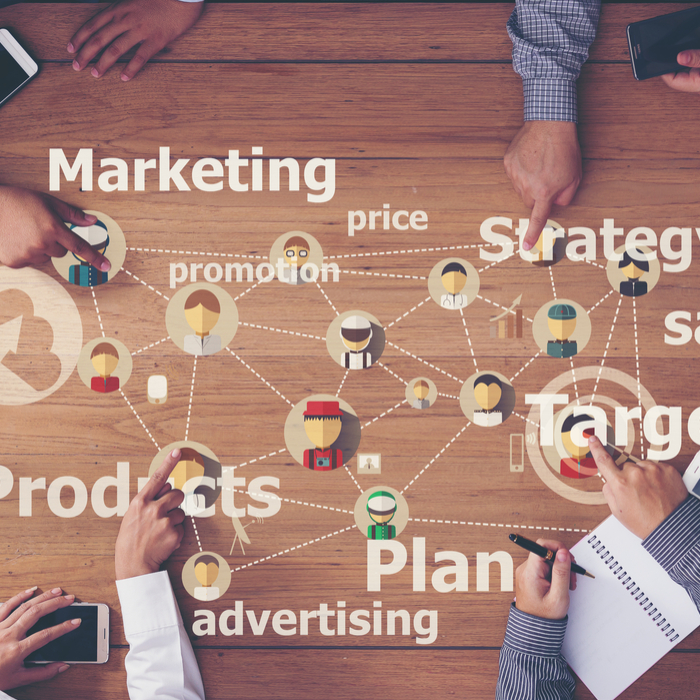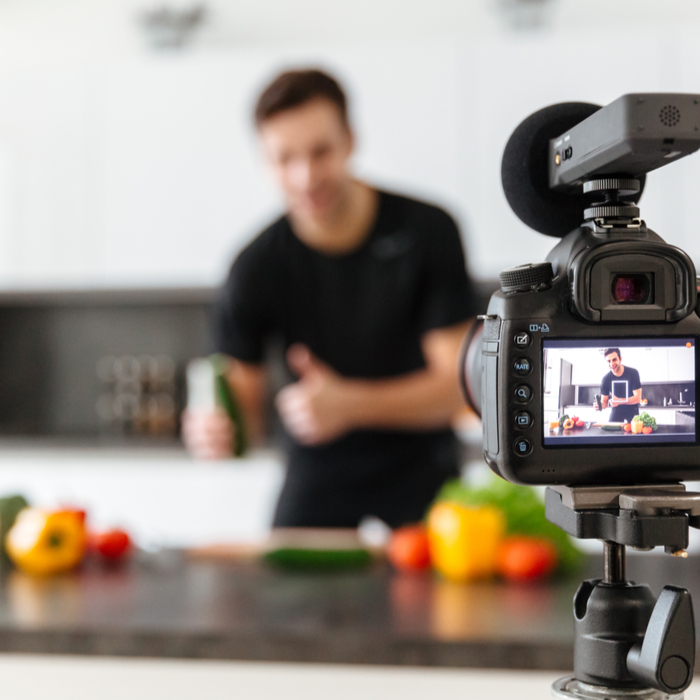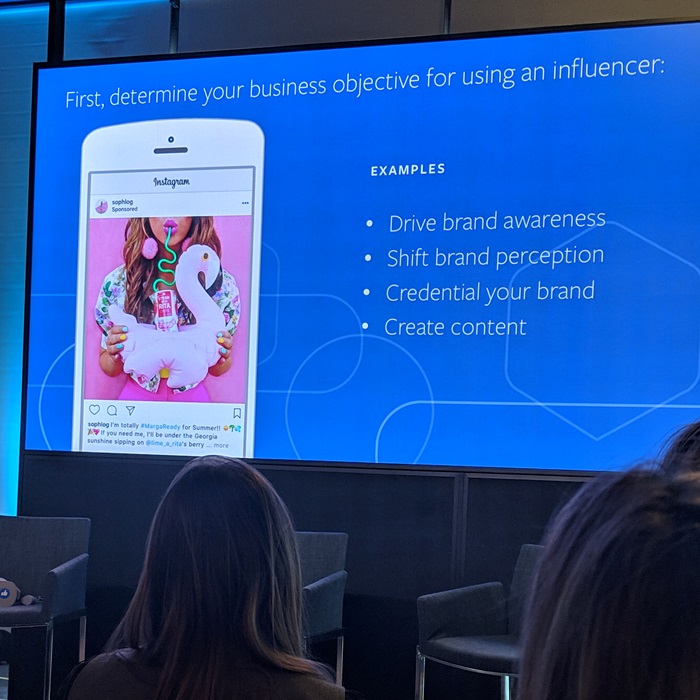#FutureForward: Once upon a time, good storytelling never went away
In our #FutureForward series we ask members of our ruckus family to share their insights into what two skills they think will still be relevant in public relations, communications, marketing and digital in 30 years.
Amanda Carreiro, community manager at ruckus Digital, discusses why story telling will be a powerful and crucial tool 30 years from now, regardless of what shape of form it comes in.
Things in the digital world seem to change at warp speed, so it’s no surprise that even as social media professionals we’re still constantly learning and adapting to the tools we use daily.
It’s nearly impossible to predict what the social media marketing landscape will look like in 5 years, let alone in 30 years. Who’s to say if the big 5 social media platforms we use today, will still be relevant? But there’s one thing that will never go away, and that’s the ability to story tell.
Long before technology, there was word of mouth stories and cave drawings; after that came books, then radio, then television – all media with the same message told in different ways. Good stories have always found a platform to exist, and when social media began to take over the way we consume content, storytellers adapted to that platform as well.
The stories we tell now may have a character limit, or a video time limit, but that hasn’t stopped brands from telling stories that resonate with consumers. In the last 5 years, we’ve seen brands and users alike find a way to tell vibrant stories in 10-second videos.
Good brand story telling comes in many forms. At its truest form, it’s the ability to take a brand’s essence and communicate it to a desired audience – whether that be physically or digitally.
Without a good story, brand messaging gets lost in the social feed without much impact – but a good brand story transcends the pixels on our screens and into our physical lives. It becomes the thing we think about, talk about, and (ideally) buy.
So, while the way we consume content may look completely unrecognizable 30 years from now, one thing will never change – we’ll still need to be good storytellers.
Amanda Carreiro is the community manager at ruckus Digital. Need help with your social media approach? Drop us a line.

